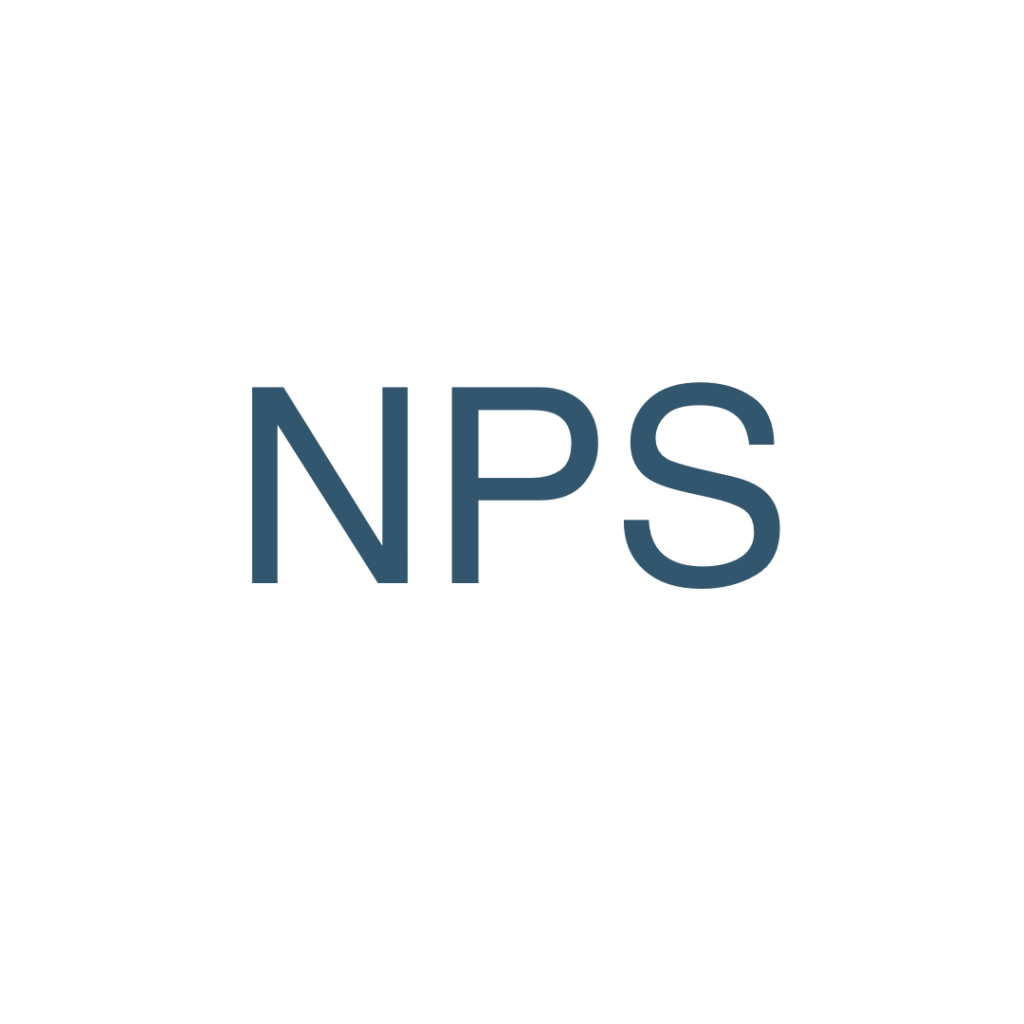Net Promoter Score, or NPS, is a way to measure a company’s customer experience, and it’s a part of many companies’ KPI metrics. To measure the Net Promoter Score, the company’s customer is asked how likely they are to recommend the company, product or service on a scale from 1 to 10. Based on the answer, customers are divided into three different categories.
Those who gave a rating of 9 or 10 are called recommenders, as they are most likely satisfied, buying customers. They also remain customers longer and actually recommend the company, product or service more often to their social circle.
If the customer gave rating of 7 or 8, they are considered neutral.
Those who give a rating between 0 and 6 are called reviewers.
How is NPS calculated?
The data needed for the Net Promoter Score can be collected, for example, through a customer satisfaction survey. The NPS number is formed by subtracting the percentage of reviewers from the percentage of recommenders. Let’s say there are 100 respondents to a customer satisfaction survey.
- 20 give a rating between 0 and 6
- 20 give a rating of 7 or 8
- 60 give a rating of 9 or 10
The percentage of reviewers is 20% and for recommenders 60%. The neutrals are ignored for the sake of this calculation. In this case, the NPS is calculated as follows: 60-20=40. A positive result is considered good, a figure of 50 is considered excellent. NPS can vary between -1000 and 1000.
NPS is also suitable for more than measuring customer satisfaction—it can be used to study NPS or measure employee satisfaction.
Criticism of Net Promoter Score
Like with any other single indicator, when working with NPS you need to consider the preconditions. A downside of NPS is that it doesn’t tell you anything about how many neutral customers a company has. The same NPS number can be obtained in several different ways, for example: If the share of reviewers are recommenders are both 10, the NPS score will be 0. This means 80 percent are neutral—a large amount of customers that should be utilised instead of focusing on only the reviewers. The same 0-NPS value can be obtained if there are 40% of reviewers and 40% of recommenders. In such case, it would definitely be worth investigating the reviewer segment in more detail.

